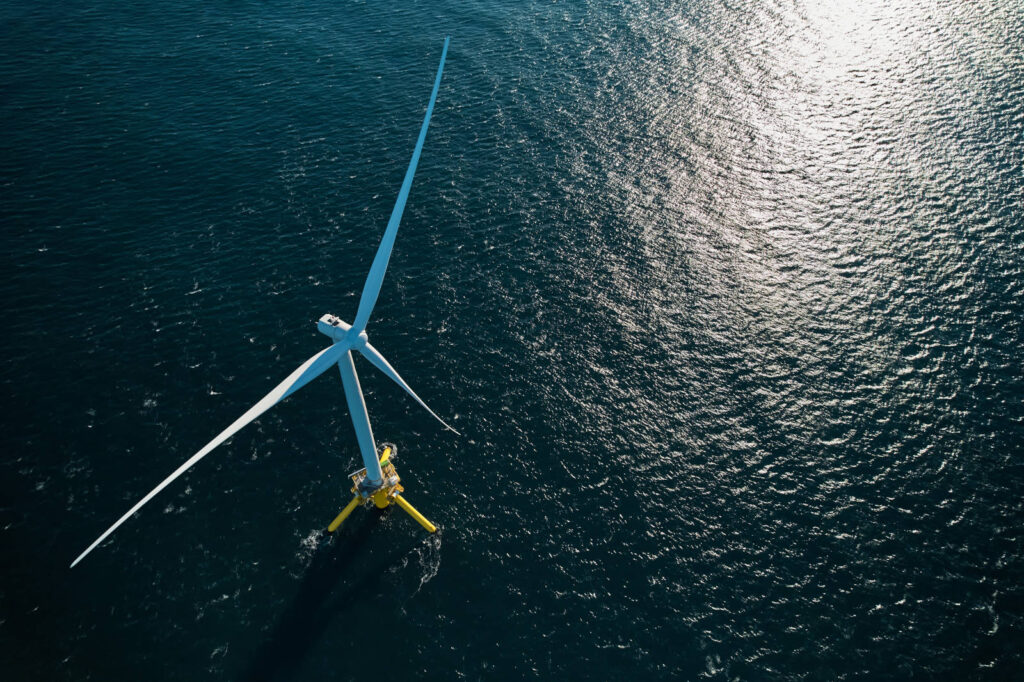Stiesdal Offshore and Copenhagen Infrastructure Partners (CIP) have partnered to enhance innovation and cost efficiency in floating offshore wind.
The companies aim to position Stiesdal Offshore as a leader in the floating wind sector. As part of this collaboration, CIP’s Copenhagen Infrastructure V (CI V) fund has acquired a minority stake in Stiesdal Offshore.
“We have a strategy to reduce the capital expenditure of floating wind with over 30 targeted initiatives. This investment accelerates our efforts and strengthens our market position for large-scale floating offshore wind deployment,” said Peder Nickelsen, CEO of Stiesdal Offshore.
Stiesdal Offshore plans to expand from designing floating foundations to becoming a comprehensive service provider for floating wind projects. This includes offering engineering services and full project support.
The goal is to help customers lower project costs and complexities, thereby speeding up floating offshore wind development.
Floating wind is projected to expand significantly between 2030 and 2040. The International Energy Agency (IEA) reports it could increase global offshore wind resources tenfold.
“We are committed to floating offshore wind, which is crucial for the global energy transition. This investment is a step towards large-scale wind projects,” said Michael Hannibal, Partner at CIP.
Stiesdal Offshore developed the TetraSpar Demonstrator project in Norway, using its Tetra technology.
The foundation is the first industrially manufactured floating offshore foundation, deployable from shallow-water ports.
CIP, established in 2012, manages funds for investments in offshore and onshore wind, solar PV, biomass, and more.
latest news
Original Story at www.offshorewind.biz
